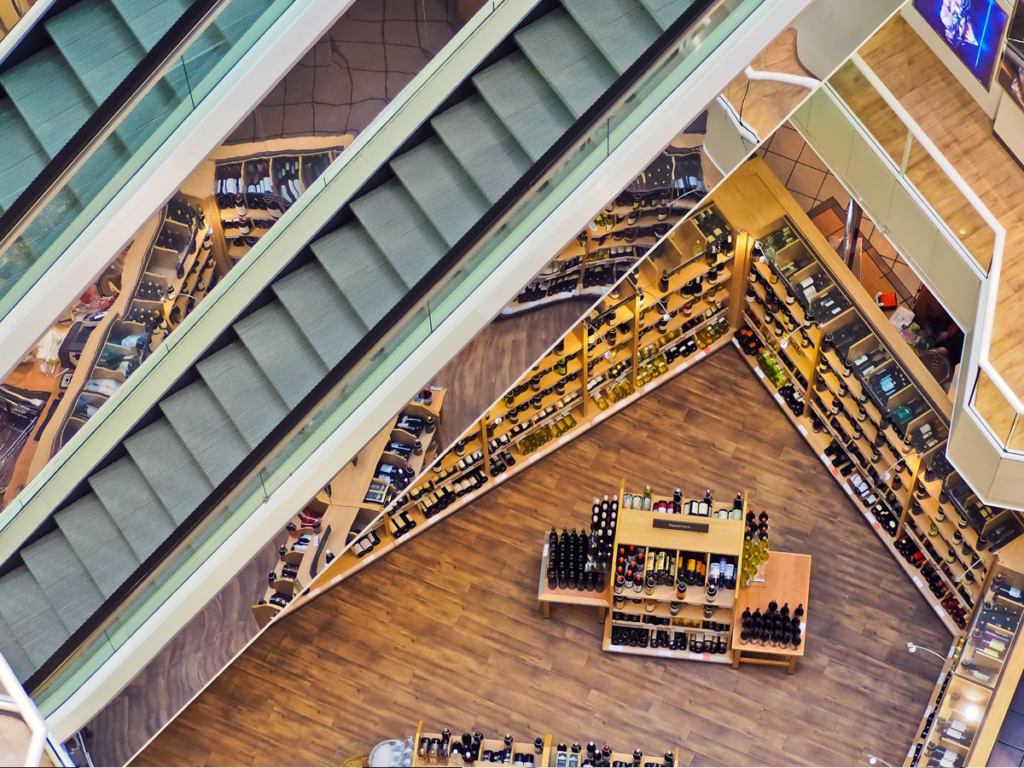Trends Surrounding Retail in 2020
Technology evolves fast, and with it comes the forward march of progress. To run a successful retail business, business owners have to stay on top of these trends – keep up with technological advances and stay in tune with what the customers want. A business that embraces change as it comes places itself in a good position to make their workflow more efficient, save money and encourage innovation.
2019 saw a slew of new trends take root – social media marketing, personalization and ethical shopping were some of the big headlines. Will 2020 bring a slew of innovations and trends? Will retailers go digital as so many people predict? And is there going to be a respite to the ongoing widespread retail-apocalypse?
1. The growing importance of extended reality
Our first look into what the future is going to be like comes from Bernard Moussa, a venture analyst at an assignment writing service UK. “Virtual reality has the potential to upend the whole e-commerce industry. It brings something new to the table. Customers can now experience your product without having to visit the physical store – something that most people have thought impossible since forever.”
Businesses that deal with products that customers benefit from making contact with – such as clothes – are most likely to be the hardest hit. However, companies like IKEA are already using the technology inside their stores in some innovative ways.
2. The use of predictive analytics for business decisions
Traditionally, retail businesses have been in a great spot because they can easily collect a lot of data. Where they often fall short is analyzing it and using it to create solutions for problems. The increasing popularity of new ways that data can be leveraged is expected to create a new avenue for putting that data to use.
Big data allows retailers to study consumer behavior trends in the past and create a map for what they can expect in the future. This data can be used to personalize the customers’ experience and address their needs based on how far the sales funnel they are.
3. The growth of subscription e-commerce
The subscription e-commerce trend has been led by startups such as Blue Apron and Dollar Shave Club. Largely considered a fad that would blow away with the wind, it has now caught on to the point that 15% of online shoppers signed up for at least one subscription e-commerce service in 2018.
While this high figure is often attributed to the presence of venture capital investments in the field, the business model does have its merits. It’s the easiest and most affordable way to get customers personalized items at their doorstep every month. Their growth is expected to be steady within the coming year.
4. Building communities will be more important than ever
Tony Fenyo, the sales manager at Assignment Help Australia and Essay Help Online, believes that community-building is going to be a more important skill for marketers to have than any other in 2020.
“Creating a community around your brand helps to build and foster stronger relationships with customers. As you might expect, this goes a long way in driving sales and creating a sense of loyalty.”
In other words, companies now realize that marketing their product is no longer enough. They have to build a community around their brand to create a sense of belonging and encourage loyalty. These communities can be created on dedicated forums or other social media networks like Reddit or Discord.
5. Automated stock management
Inventory keeping is an important aspect of keeping e-commerce businesses running. Traditionally, this has been done manually – human presence was required to keep track of products before they are stored, shipped or sold.
The new decade is going to see the rise of smart robotics and computer systems that can keep reliable inventory data at near-real-time speeds. Not only is the data more actionable and available faster, but it also helps to smoothen out business operations.
Stock flow is smoother, predictions of demand and supply are more accurate and almost every decision made is smart. Better inventory management also prevents spoilage, reduces waste and even lessens incidences of theft.
6. Social shopping
2019 has been a big year for social marketing and shopping, and this trend is expected to continue in the coming year. With the continual addition of novel features that support e-commerce shopping, social media and shopping have become intricately intertwined.
Instagram is the best-known platform for promoting e-commerce sales. Shoppable posts on the platform have taken off in the last year. 41% of all e-commerce brands present on Instagram are known to actively rely on this feature. When it comes to retail in 2020, this trend is expected to be even more prevalent.
Retailers should take advantage of this trend by finding out where their customers are most active and finding ways to get them on board.
7. The growing prevalence of chatbots
Jessica Thurnberg, a sales engineer and financial analyst, believes that chatbots have a real future in the retail industry.
“Chatbots are infinitely useful in our industry. They are almost always available to be consulted, don’t get frustrated and help you save money in the long run. Any business with an eye for the future should start investing in them.”
If the data is to be believed, she might just be right. According to research conducted by Shopify, at least 50% of Fortune 5000 companies have experimented with chatbots on their websites. With messaging retaining its title as the most preferred customer service channel from previous years, call volume is expected to go down. Chatbots are increasingly more important sales drivers, preventing cart abandonment.
8. Product customization
Customized products have always been popular with customers because they are a symbol of luxury. Since nobody else can acquire the same product anywhere, customers tend to have a strong sense of attachment to them.
New stores are offering customers more and more options for customizing their purchases. These stores offer customers ways of tailoring products to their specific needs and style through simple methods. For example, this includes monograms to more detailed embroidery or even custom color schemes. Even giant outlets like Nike allow customers to customize certain shoes and Levi offers personalized embroidery on jeans and jackets.
9. The rise of private labels
Private labels were once considered viable for the low-end market and nothing more. Today, things have changed considerably. According to CB Insights, the growth in sales of private-label products outpaces the sales of branded products by 3x. For the consumer branded goods (CPG) manufacturers that have occupied the space for more than a century, this could mean trouble.
In Europe, for instance, 40% of all grocery items sold are private label, resulting in about 25% more profits on average. This is in comparison to the meager 1.3% gross profits that typical grocery stores make. In the coming year, CPG manufacturers and retailers will need to figure out new ways of promoting their products.
10. Same-day delivery
Amazon has set incredibly high standards for what consumers should expect in terms of product delivery. The industry has quickly churned through 2-day delivery to the current instant gratification shoppers expect.
According to PwC, 88% of customers are willing to pay more for same-day or faster delivery. But just over half (51%) of all retailers currently offer same-day delivery. This number is expected to grow to as high as 65% in the coming year with the growing demand for faster availability of their purchased goods.
Austin Mayer, a professional thesis help provider and market analyst, predicts that whoever can win the delivery war will come out on top. “If a product is available at two shops but is slightly more expensive at the one with faster delivery, they will almost always pick the latter. It’s a clear choice,” he states.
BONUS: New breakout marketing channels
Finally, some marketers will likely be excited by the prospect of having a new channel to market their products. Google and Facebook have dominated the advertisement space for a while. However, newcomers like TikTok are proving to be just as competitive.
It is currently the fastest-growing digital platform in the world with over 150 million users worldwide. That amounts to 30 million monthly active users. If your marketing strategy has been stagnant in the past year or so, 2020 offers a brand new opportunity to test out a new marketing experience.
Conclusion for Retail in 2020
The new year ushers in a whole new decade and a dozen or so different new ways to promote your business and grow your brand. From the increasing importance of chatbots to marketing channels that have not been explored before, new opportunities abound at every turn for retail in 2020. Every marketer should take the opportunity to double down on what works. Leave enough room to experiment and grow in different ways.




